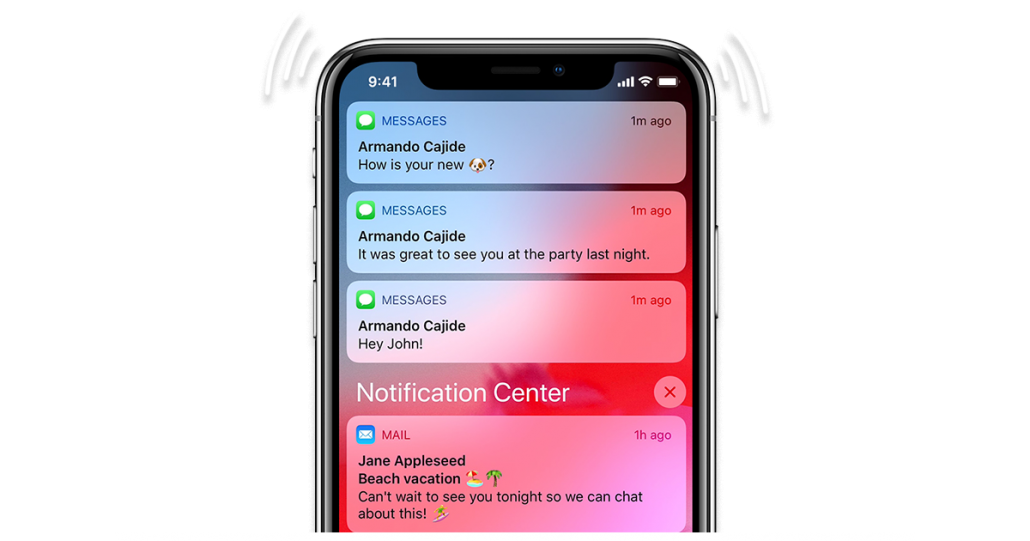6 Areas of Education that are Impacted by Technology
What do you think when you hear “technology in the classroom”? Perhaps the student surfing Facebook on their laptop, the student texting their roommate on their cell phone, or maybe the student streaming Netflix on their tablet comes to mind. These scenarios are real and typical in the classroom, however, don’t let them skew the clear advantages of using technology in your classroom. Below is a list – adapted from Matthew Lynch’s article forThe EdTech Advocate – which highlights areas where technology impacts education.
Simulation & Modeling
Simulation software helps bring the impossible learning scenario to their fingertips. For example, students can see equity formation and shareholder breakdown with simulation tools rather than simply discussing the theory. Modeling software can help students visualize information in an interactive way by being able to visibly note relationships between data.
Formative Assessment
Not only do technology-focused activities require critical thinking & problem-solving skills, but the actual use of technology helps students deepen their educational experience. With technology dominating how we do work and at what efficiency it’s important to know how to use it as a tool rather than for pure entertainment.
Use of Real-World Issues
By using technology to search for and share real-time examples one expands the classroom from lecture to life. Students often mentally check-out when they can’t see the connection between lecture and their own life, so when information is shared and discussed in the context of their world today they have better insight and can understand deeper.
Coaching & Mentoring
With a better understanding of student progress teachers are able to provide higher level education by monitoring pace of learning, providing active feedback, and delving deeper into the true problem areas. As the expert, students look to you for guidance so make sure you respond with constructive feedback. Furthermore, students crave feedback in real-time; with LMS technology and the internet such response can be provided instantly allowing students to grow constructively.
Group work, Discussion, Debate and Online forums
Virtual communities, forums, online groups and webpages connect students and instructors around the world. By engaging with other individuals, students are introduced to different perspectives and can reach higher comprehension and deeper understanding. Discussion topics are highly encouraged with every assigned reading, and viewing so students can expand on their views and overall takeaways – these type of assignments can be done online as mentioned above or in person. A mixture of the two communication modes are preferred.
Active engagement with the learning material
Students learn by doing, seeing, reading, hearing, speaking, and most importantly, receiving feedback along the way. By being engaged, students become passionate about what they’re learning and as a result learn deeper and faster. For example, they may simulate equity shares in a startup via an interactive equity simulator, or study market geography via interactive software like Google Earth.
Using tech in the classroom has far more benefits than one may initially imagine. Technology can help bring your lectures to life by introducing interactive ways to engage students in the subject matter so they understand deeper and retain information longer.
Share the benefits of tech in the classroom by sharing this article with a friend!









